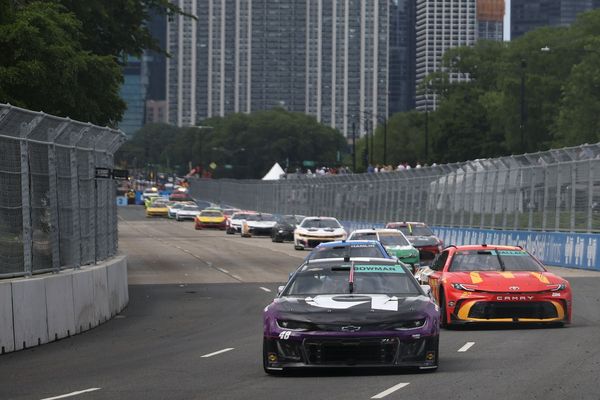
The name of this phone is perplexing—the Nokia 8 Sirocco has very little in common with last year’s Nokia 8. Maybe HMD Global, the makers of Nokia phones, could have done justice to their first-ever Android One phone by giving it a new name or number. That aside, however, it is hard to ignore how good the 8 Sirocco looks.
Gone is the metal unibody of its predecessor; instead, you have a mix of stainless steel and strengthened Gorilla Glass 5. The 8 Sirocco is just 7.5mm at its thickest point, and tapers down to 2mm around the spines, which makes it look incredibly thin. The volume and power keys feel a little too recessed, and the finger’s muscle memory won’t always be able to locate them. We have seen many black-coloured phones, but this one looks both different and attractive.
At a time when most phones are sporting taller displays, the 8 Sirocco retains the comparatively square-ish display aspect ratio—it has a 5.5-inch OLED screen (2,560x1,440 resolution). The slightly curved screen has thin bezels, which give the illusion of an edge-to-edge viewing experience. The screen is bright, with rich colours. However, viewing angles aren’t always the best if you like to keep screen brightness low, and reflections tend to be noticeable. We also noticed a blue tint on the edges of the display when viewing something that had a light background colour.
This is the first Nokia flagship phone that is part of Google’s Android One initiative. Much like the pure Android seen in phones earlier, this too is untouched by bloatware or third-party apps—the only tweak is the camera app, to better utilize the optical hardware. You will be able to download Android updates on the 8 Sirocco for two years and will get regular security updates for three years.
The biggest surprise is perhaps the camera performance. At the back is a 12-megapixel camera (f/1.7 aperture) and a 13-megapixel telephoto camera. Combined, they captured images that were genuinely impressive in colour and detailing. At times, the sharpness around the frames is a tad less than ideal, but, overall, the vibrancy cannot be ignored. We noticed that in certain photographs, the image processing tends to lean towards a cooler colour tone, which means whites look a little brighter than they actually might be. Low-light photographs are extremely good nevertheless, comparable, in fact, with the Google Pixel 2 (Rs52,999 onwards) and Samsung Galaxy S9+ (Rs57,900 onwards) cameras. The 8 Sirocco’s image-processing algorithms don’t try to soften the image, so the finer details are not lost. You must try the Bothie mode, which uses the cameras at the back and the 5-megapixel selfie camera to take images at the same time, and stitches them together.
In terms of specifications, 6 GB RAM helps to keep things moving along when you have many apps open; there is 128 GB internal storage too. The only niggle perhaps is the Qualcomm Snapdragon 835 processor, at a time when the Snapdragon 845 processor is being used regularly in flagship phones. For us, however, that isn’t a deal-breaker.
Given its price point, the Nokia 8 Sirocco cannot be ignored if you are in the market for something that costs as much, like the Samsung Galaxy S9, or the Google Pixel 2. Eye-catching design, a clean Android, and a camera that is better than expected—the 8 Sirocco ticks the checklist.







